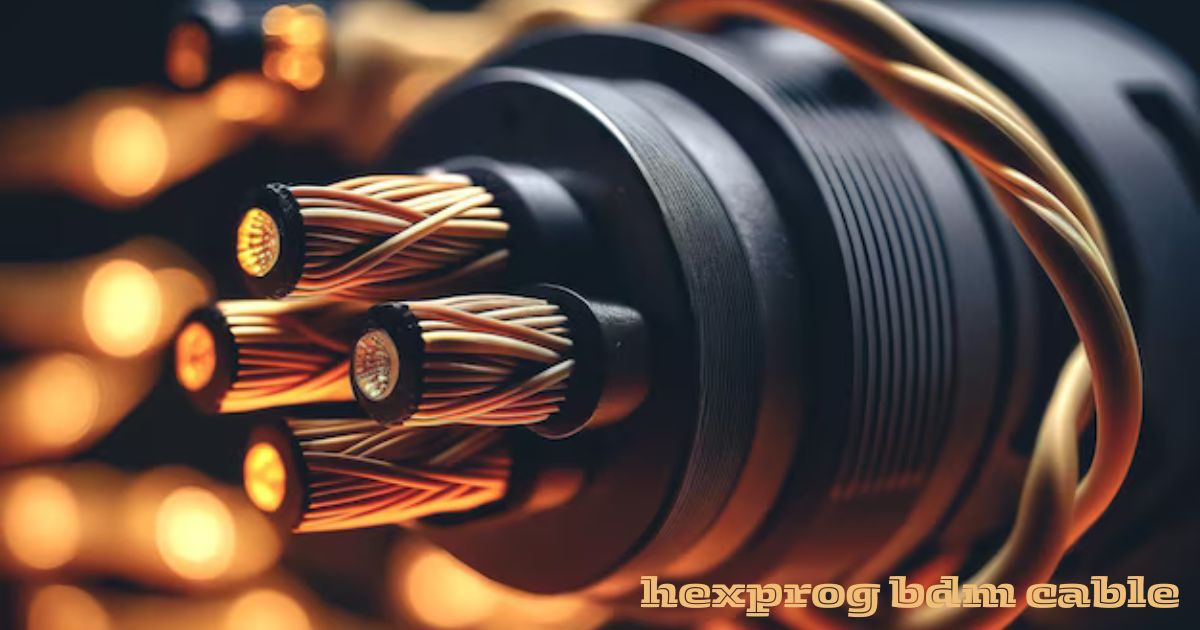Because they make it simple to move between floors of big buildings, elevators have become an essential feature of urban life. Elevator buttons are among the parts of an elevator that are most frequently used. These straightforward but incredibly useful parts are essential to the overall effectiveness of an elevator system. Elevator buttons serve as a user-machine interface, whether you’re going down to a basement garage or up to the top floor of a skyscraper. Let’s examine their significance, features, and inventions that are influencing vertical transportation in the future.
The Role of Elevator Buttons in Everyday Life
Elevator buttons appear to be a minor component of the system at first, yet they serve a crucial purpose. They let customers choose the floor they want, open and close doors, and occasionally even make emergency help calls. These buttons can be pressed to signal the elevator’s control system, which then sends out a series of commands to carry passengers to their destination. In every city in the world, there is a universal elevator waiting experience and hitting the button.
Evolution of Elevator Buttons
Since its invention, elevator buttons have advanced significantly. In the past, elevators required a lift attendant to manually choose floors because they were manually operated. Push-button systems made it easier for users to utilize elevators on their own by automating this process. Buttons changed over time to reflect advancements in technology. These days, touch-sensitive buttons, Braille integration for persons with vision impairments, and even elevator buttons equipped with motion-sensor technology are standard.
Touchless Technology: The Future of Elevator Buttons
The adoption of touchless elevator buttons is one of the biggest developments in recent times. As hygiene concerns have grown, especially in the wake of worldwide pandemics, this technology has gained popularity. Users can now make selections by hovering their hands over a sensor rather than physically hitting a button. This lessens contact and improves accessibility for people who might find it challenging to press conventional buttons.
Materials Used in Elevator Buttons
Hygiene and durability are important factors to take into account while designing elevator buttons. To endure repeated usage and guard against wear and tear, the majority of buttons are constructed from durable materials like polycarbonate, brass, or stainless steel. Buttons in high-traffic places, such commercial buildings and public transportation hubs, are made to be resistant to vandalism, so they continue to work properly even under difficult circumstances. Antimicrobial compounds are also frequently used in the design of buttons in contemporary elevators to enhance hygiene.
Elevator Button Layout and Accessibility
For accessibility, its layout is essential. Most nations have laws ensuring that elevators have features like Braille for users who are blind or visually challenged, as well as buttons at reachable heights. The location of emergency buttons has also been thoughtfully planned to provide convenient access in the event of an emergency.
Importance of Braille on Elevator Buttons
Building navigation becomes easier for people with visual impairments when elevator buttons are printed in Braille. This modest modification ensures compliance with laws like the Americans with Disabilities Act (ADA) and promotes inclusion by enabling a greater range of people to utilize elevators. Braille on it is not only a convenience, but also a must as society works to become more accessible.
Maintenance and Safety of Elevator Buttons
The effective operation of elevator buttons necessitates routine maintenance, just like any other mechanical part. Elevator buttons in heavily trafficked buildings may eventually wear down and stop working. Frequent inspections guarantee that these problems are fixed before they become an annoyance or, worse, a safety hazard. Maintaining hygiene in common places is also dependent on routine cleaning, particularly in the post-pandemic era.
Customizable Elevator Buttons for Brand Identity
Elevator buttons in upscale residential and business buildings can be altered to reflect the building’s style or logo. These little elements, which can range from original designs to colorful backlighting, can improve the user experience and add to the overall interior design aesthetic of the structure.
Conclusion
Elevator buttons are an important part of the operation and design of contemporary buildings, while being frequently disregarded. Their transition from manual to touchless devices demonstrates how these seemingly insignificant details may make a big difference in accessibility and everyday convenience. As long as technology progresses, we may anticipate even more elevator button design advances to keep them effective, user-friendly, and secure for all.
FAQs
Why do some buttons in elevators light up when you touch them?
The majority of elevator buttons illuminate to visually indicate that a floor has been chosen. The user can be reassured by this indication that the elevator system has received and processed their request.
What materials are commonly used to make elevator buttons?
Stainless steel, brass, or polycarbonate are common materials used to make elevator buttons in order to assure their durability and resilience to wear and tear. Antimicrobial compounds are also utilized to improve cleanliness in certain situations.
Is it safe to utilize touchless elevator buttons?
Yes, conventional elevator buttons and touchless ones are made to be equally safe and effective. Motion sensors are used by these systems to determine when a user wishes to choose a floor, which eliminates the requirement for
Why are there Braille buttons on some elevators?
Elevator buttons are made accessible to people with vision impairments by using Braille. This makes it possible for those who are visually impaired to operate elevator systems on their own.
How do buttons on elevators operate?
The elevator’s control system receives a signal from an elevator button, and it processes the command to go to the desired floor. Because modern systems are so sophisticated, they operate smoothly and effectively.
Can buttons in elevators malfunction?
Indeed, elevator buttons can eventually wear out or malfunction like any mechanical equipment, especially in places with heavy traffic. To make sure they continue to be secure and functional, regular maintenance is necessary.












3 thoughts on “Elevator Buttons: A Key Component of Modern Vertical Transport”